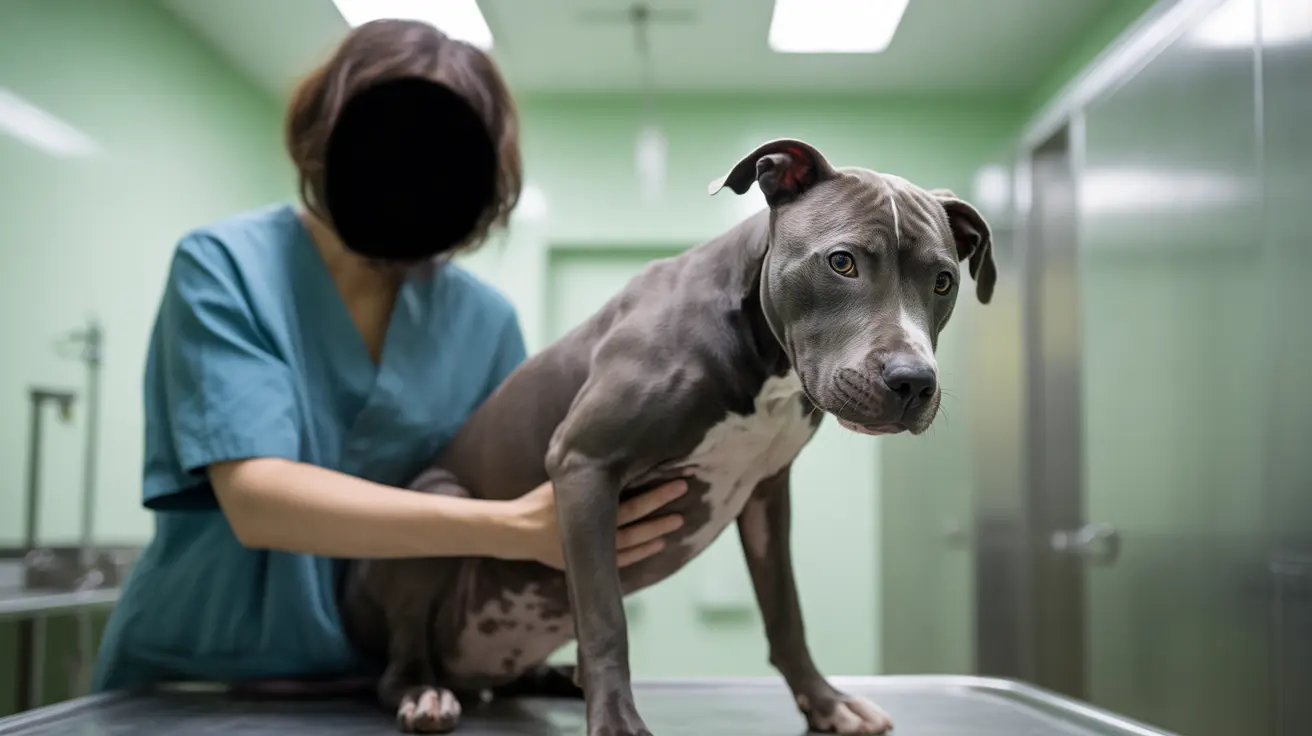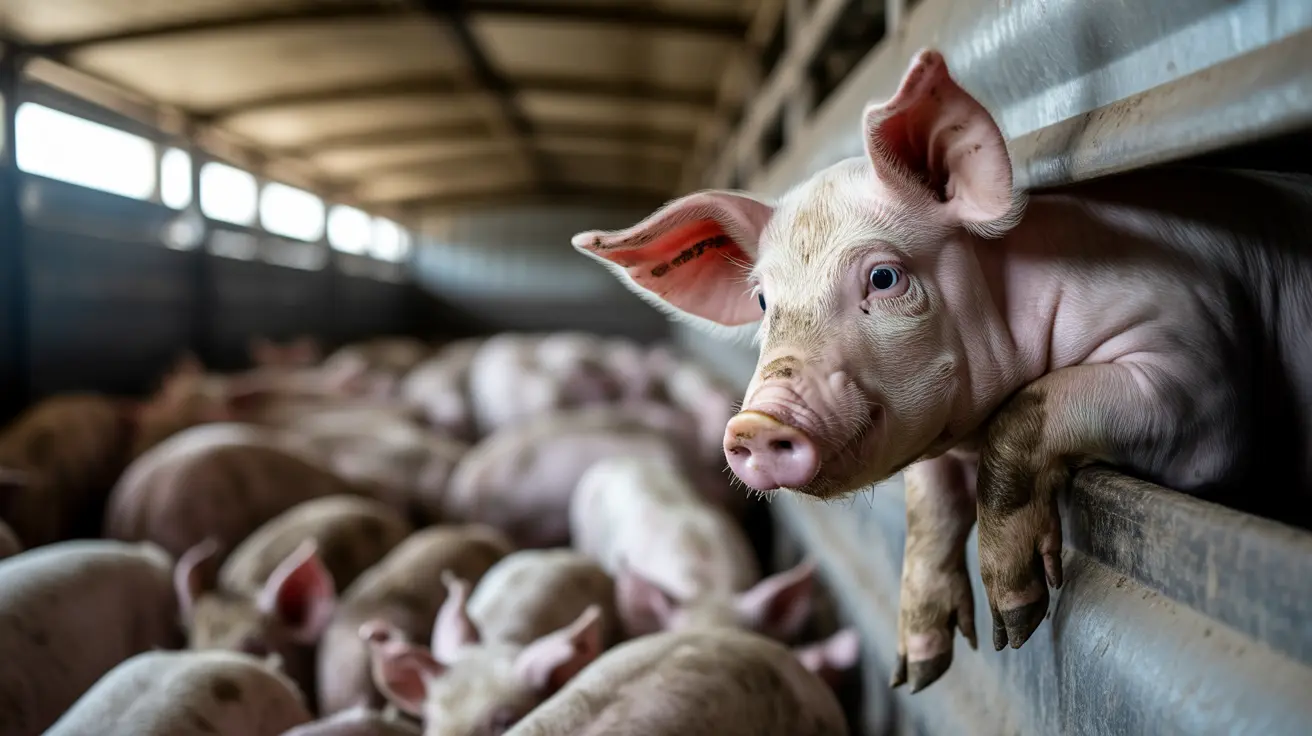Smart and Affordable Ways to Feed Your Dog on a Budget
Feeding your dog doesn’t have to break the bank. With a little planning and knowledge, you can provide your pet with nutritious meals that are both cost-effective and satisfying. This guide offers practical tips and food options for dog owners looking to maintain their canine companion’s health while saving money.
1. Choose Budget-Friendly Commercial Dog Food
One of the easiest solutions is to select quality, affordable commercial dog food. While premium brands can be expensive, there are many economical dry kibble options that still offer balanced nutrition.
- Look for brands with short, natural ingredient lists.
- Ensure real meat is the first ingredient.
- Avoid artificial preservatives, colors, and fillers.
Generic store brands or private-label dog foods from reputable pet stores may be more budget-friendly without compromising on quality.
2. Buy in Bulk
Purchasing dog food in larger bags or bulk quantities can result in significant savings over time. Warehouse clubs often offer discounts on 20–40 lb bags of food and you can store kibble in airtight containers to maintain freshness.
3. Cook Homemade Dog Food
Preparing home-cooked meals for your dog lets you control ingredients and budget better. Staple low-cost ingredients include:
- Brown rice or white rice
- Lean meats like chicken, turkey, or ground beef
- Boiled eggs
- Cooked vegetables like carrots, peas, sweet potatoes, and green beans
- Oats and plain pasta as occasional carb sources
These meals can be prepared in bulk and stored in portions. Once-a-week batch cooking can sustain your dog throughout the week.
4. Use Healthy Table Scraps Wisely
Not all leftovers are safe, but certain scraps can minimize waste and help with your pet's diet:
- Plain, unseasoned meats and vegetables are ideal.
- Avoid onions, garlic, fatty cuts, chocolate, grapes, and anything spicy or processed.
Portion with care to ensure your dog maintains a healthy weight and nutrient balance.
5. Supplement With Affordable Proteins
Protein is a vital part of your dog’s diet. Affordable options include:
- Eggs – a cheap and nutritious source of protein.
- Chicken necks and giblets – usually less expensive cuts available at butcher shops.
- Canned sardines or mackerel – rich in omega-3s, best served in water with no added salt.
6. Incorporate Dog-Safe Produce
Fruits and vegetables are excellent low-cost additions when used appropriately:
- Carrots, cucumbers, and apples (no seeds) make great snacks.
- Frozen or canned (unsalted) vegetables can be mixed into meals.
These ingredients add fiber and essential vitamins to your dog's diet.
7. Avoid Waste and Store Food Properly
Proper food storage helps preserve nutrients and prevent spoilage:
- Use airtight containers for kibble or cooked food.
- Freeze homemade meals in daily portions for freshness.
8. Consider Feeding Raw if Prepared Carefully
While sometimes controversial, raw feeding can be economical and beneficial when done right. Basic ingredients include raw meats, bones, and dog-safe veggies. Consult a vet or canine nutritionist to ensure balanced nutrition if you go this route.
9. Monitor Portion Sizes
Feeding your pet the right amount prevents overfeeding and saves money in the long run. Follow feeding guidelines on packaging or consult a vet to determine your dog’s caloric needs based on age, size, and activity level.
Conclusion
Feeding your dog on a budget is entirely possible without compromising their health. A mix of affordable commercial foods, smart supplements, and homemade meals can create a healthy and cost-effective feeding plan. Do your research, buy smartly, and always prioritize balanced nutrition to keep your furry friend happy and healthy.





